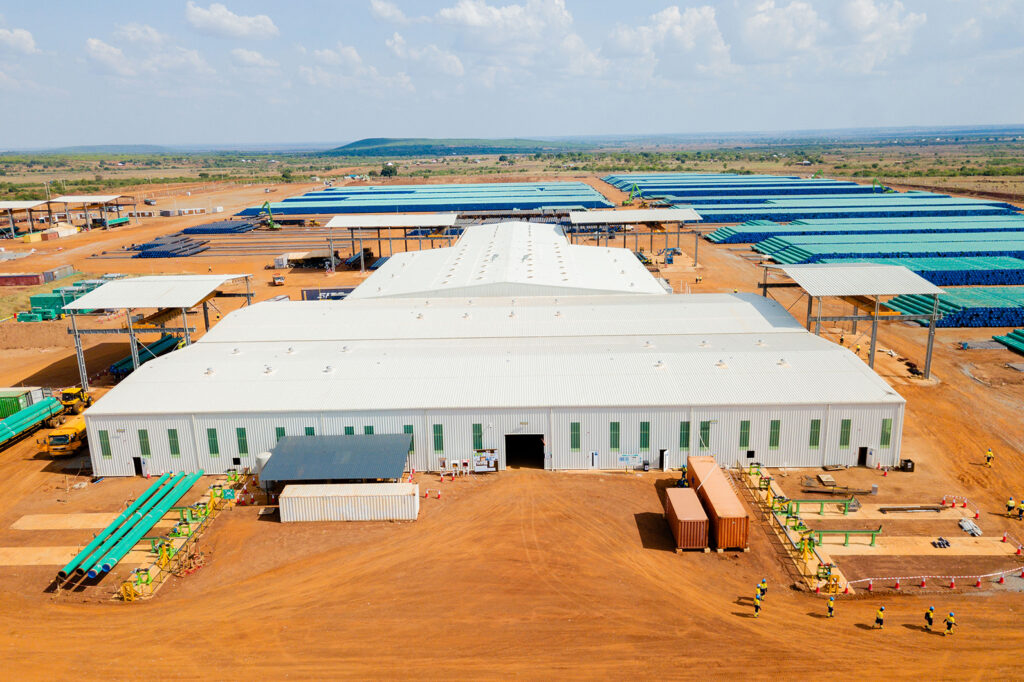East African Crude Oil Pipeline - EACOP

The construction of the EACOP Pipeline in combination with the Tilenga and Kingfisher projects will benefit the economies of Uganda and Tanzania include tax revenues for the two Host Governments, job creation, national content, new infrastructure, logistics, skills and technology transfer and enhancement of the trade corridor between Uganda and Tanzania.
The capital investment of $4bn associated with the construction of the Pipeline represents one of the largest ever inward investments into Uganda and Tanzania.
The project will contribute towards the enhancement of the central corridor between Uganda and Tanzania triggering the development of better road infrastructure, improved logistics and modern communications with the fibre-optic cable.
During the construction phase the pipeline will create short term (2-3 years) employment for both skilled and semi-skilled professionals. In addition casual workers will be involved in the construction phase of the project, sourced locally from each district. Operators and Technicians will be trained and deployed for the operational phase.
EACOP and its Level 1 Contractors will seek to maximise goods and services provided by Companies in both Uganda and Tanzania, and will publish Expressions of Interest in Local Newspapers to advertise these opportunities. EACOP will work with its Local and National Contractors to help them to raise standards.
1. The use of fibre optic cables, coupled with an advanced detection and analytical system, enables continuous monitoring of the EACOP asset’s overall integrity and safe operation-for both people and the environment. This system allows for:
2. Another area of innovation for EACOP is its hybrid power generation and distribution package. The primary power supply combines connection to Tanzanian and Ugandan grids, supported by battery banks and solar farm (at the terminal location in Tanzania), backed up in Tanzania by its own independent combustion engine power generators to serve as the electrical power source for EACOP’s pumping stations and terminal facilities.

This hybrid system brings a Carbon Footprint reduction of at least 30% compared to a traditional, standalone combustion engine power generation scheme. These innovations include:

© 2025 East African Crude Pipeline – All Rights Reserved
Course View Towers,
Plot 21, Yusuf Lule Road
P. O. Box 135596,
Kampala, Uganda
Tel: +256 (0) 204 916 000,
Toll Free: 0800 216 000
Email: [email protected]
18th Floor, 10 Upper Bank Street, London, United Kingdom E14 5BF
Msasani Penninsula,
Plot no. 1403
Bains Avenue off Chole Road.
P. O. Box 23139,
Dar es Salaam, Tanzania
Email: [email protected]